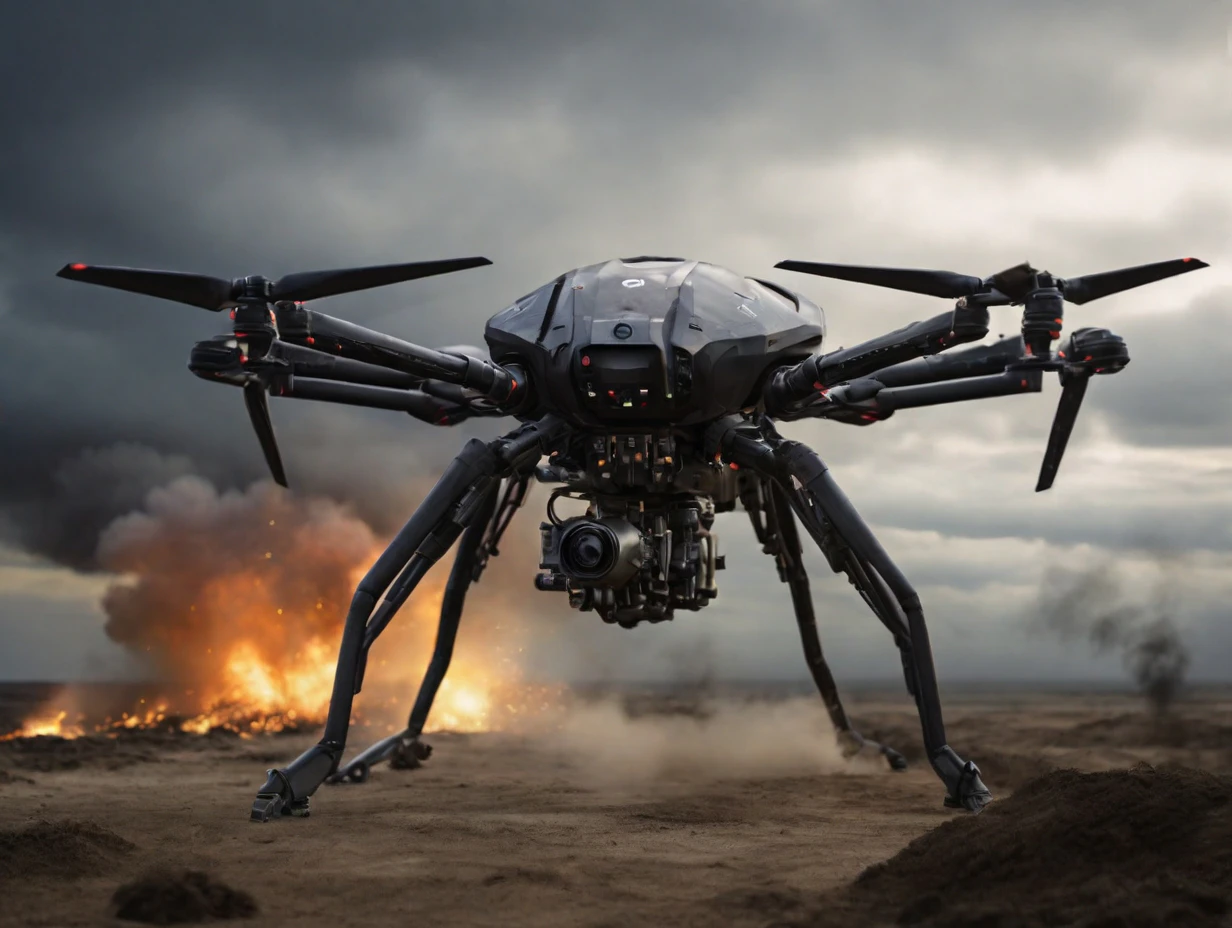The European Commission (EC) has signed the grant agreement to support the STORE project. For the European Green Deal, smart geothermal energy systems and their storage are key technologies for a carbon-neutral energy world. Thales coordinates the project as the core consortium member, comprising 20 other industrial organizations from 10 EU member countries and Norway.
AI-powered combat visuals
The range of the participating entities ranges from entities like a French ONERA and SafranE&D to Estonian Falconers, Marduk, and Cybernetica, and to a large German consortium led by IOSB, University of Cologne, Rheinmetall Electronics, and HENSOLDT Optronics.
Working with other partners, including HENSOLDT Analytics and AIT from Austria; Leonardo, Flysight, UniMore, and STAM from Italy; Höegh, Norway; TNO, The Netherlands; LIST, Luxembourg; and Spain’s GMV.
STORE, benefiting from the support of the EDF, will be an AI-enhanced visual intelligence system combined with the development of a common, safe image database. The project aims to improve the tactical combat awareness of automated elite units and shaped optronic data through AI deep learning technologies. Thales Optronics and Missile Electronics vice-president Benoît Plantier said: “This mission is entrusted to Thales, which became the coordinator of this European consortium. We are happy that the European Investment Bank joined the European Defence Fund to finance this major infrastructure project.”
Utilize all optics and artificial intelligence know-how to help the troops gain the upper hand in understanding the ground situation and recognize threats immediately. This will offer a high perception capacity, providing decisive tactic superiority on battlefields. STORE is the first commercially accessible defense imagery database that Europe can scale. AI dedicated to the evolving environment of combat threats is being developed to help address the increasing complexity of modern combat.
Boosting battlefield awareness
The project will raise soldiers’ performance levels in the field, illustrate battles and combat situations more clearly, and boost reaction speed, which will testify to their survival in the combat zone. Thales believes that the progress in the complexity of threats, including drone swarms, hypersonic missiles, and combat drones, makes the optronic sensors’ strategic importance never higher as they can be installed on rotary/fixed-wing surveillance/attack platforms, guided missiles, and infantry systems. In addition to the tactical aspects of the project, the data authority challenges will also be addressed with an emphasis on economic effectiveness and building our technologies.
This article originally appeared in Army Technology.





